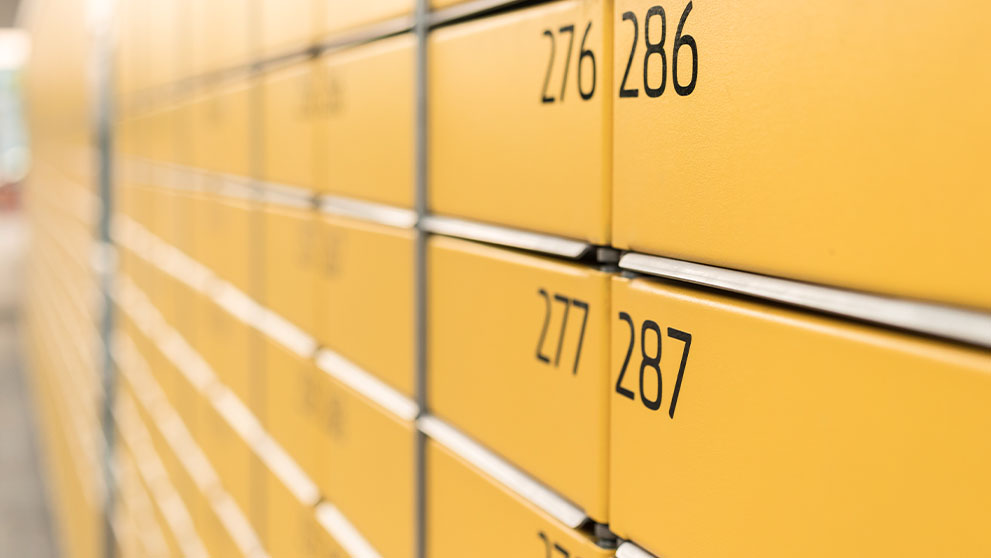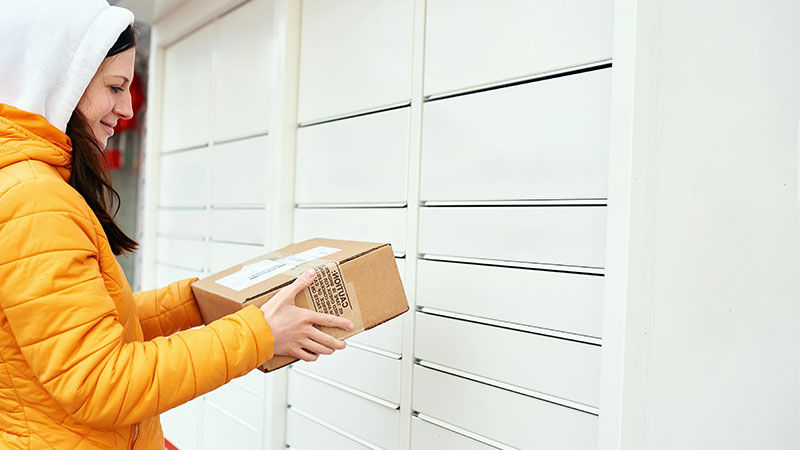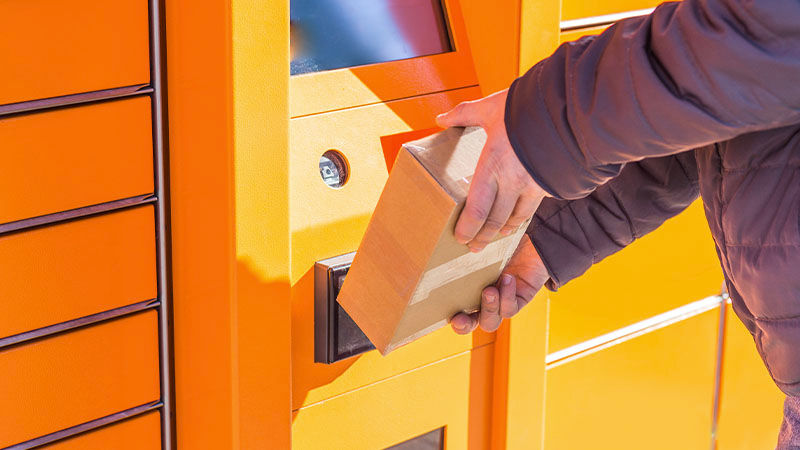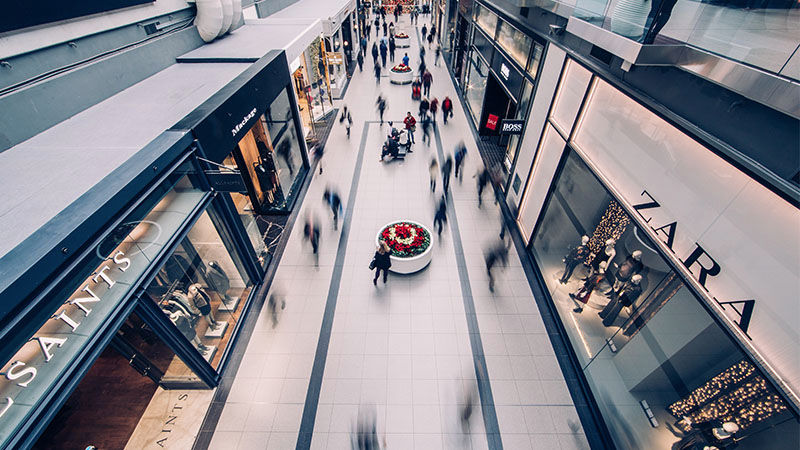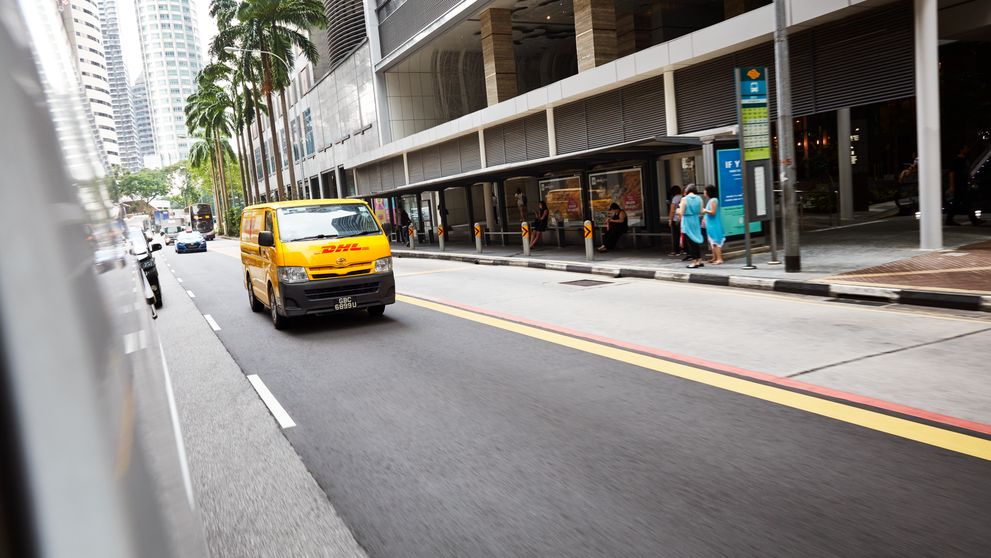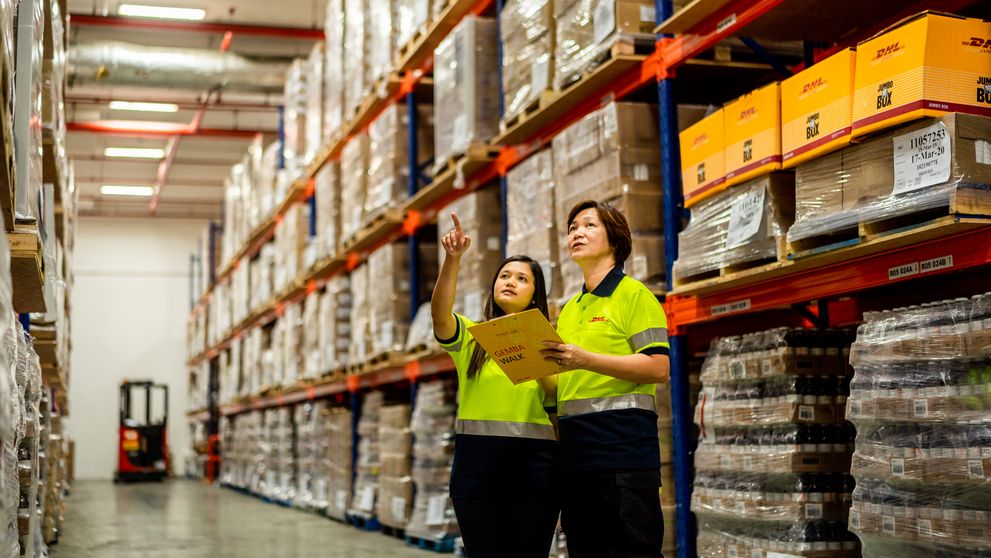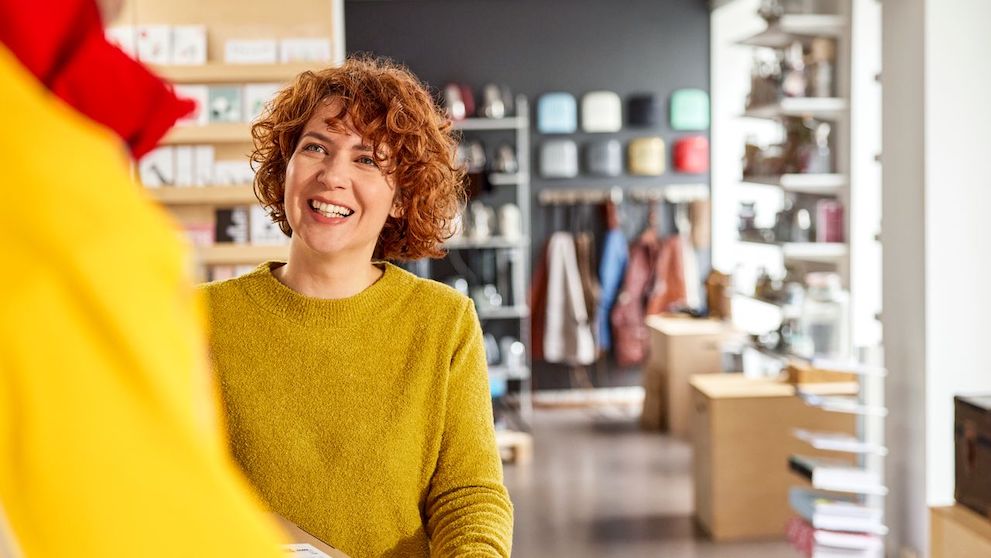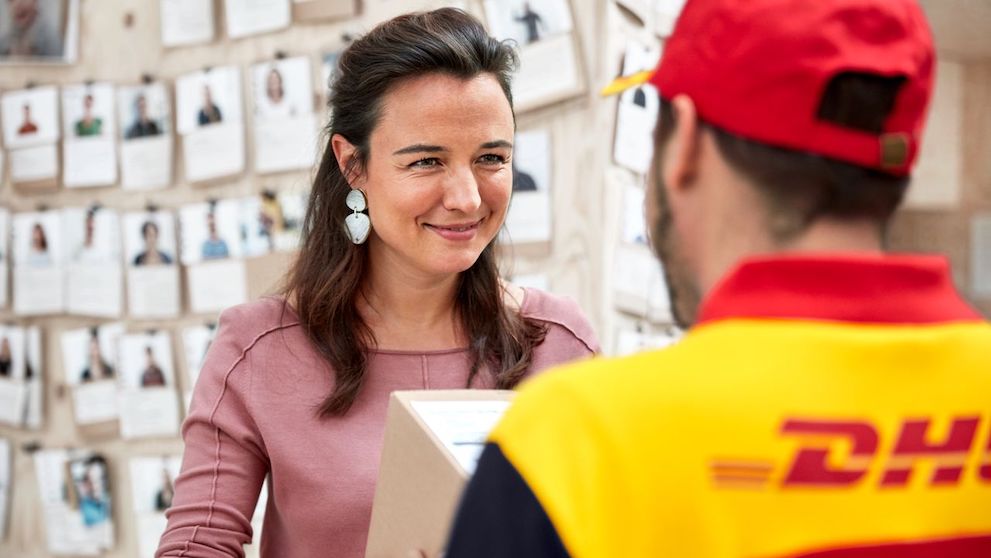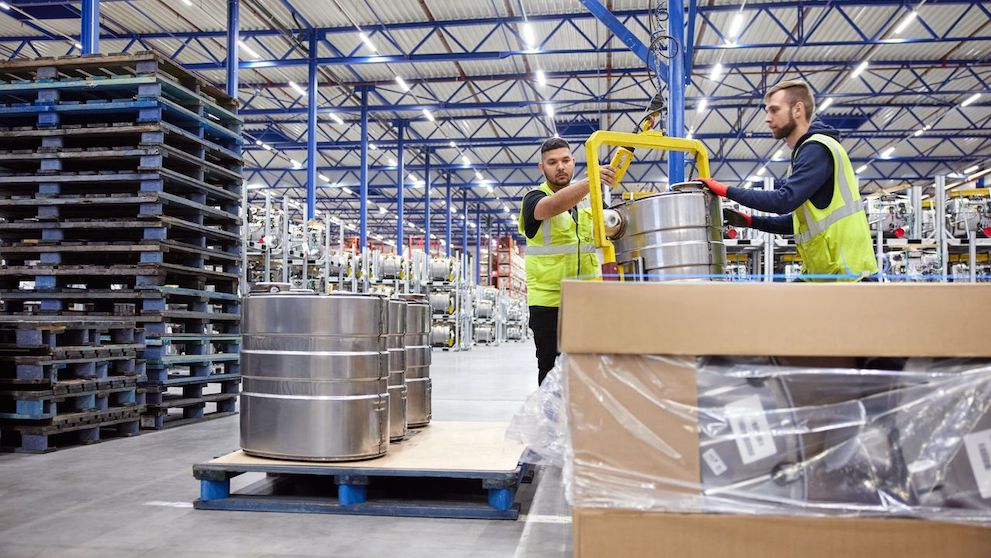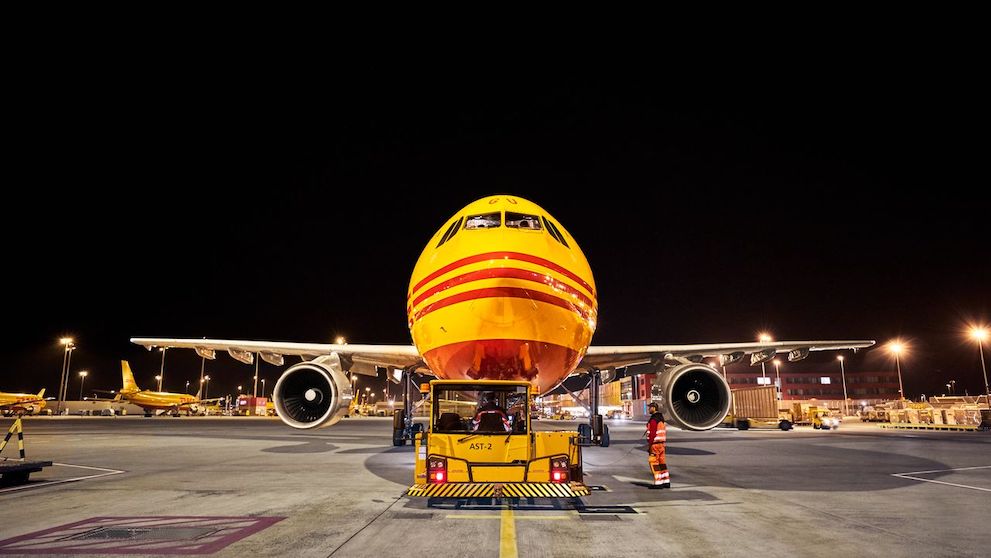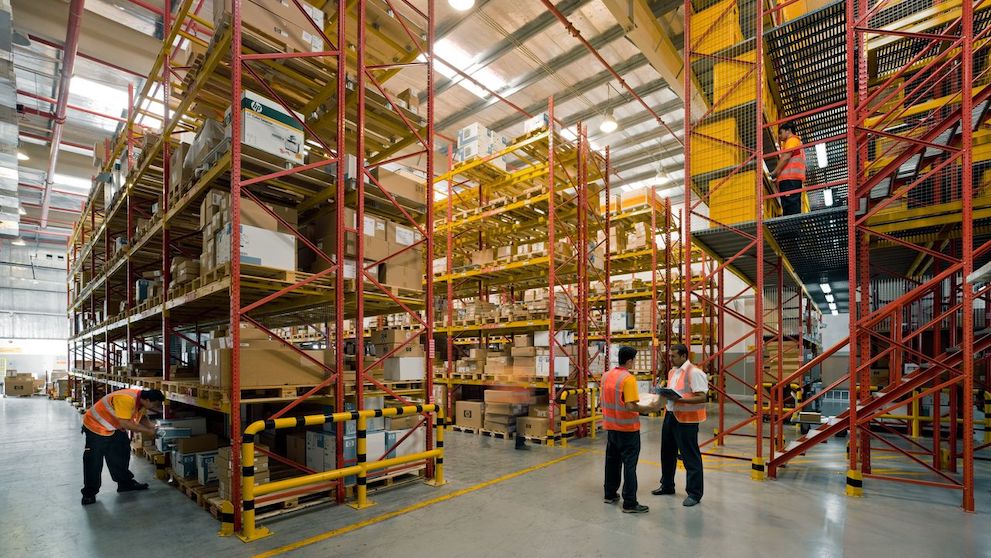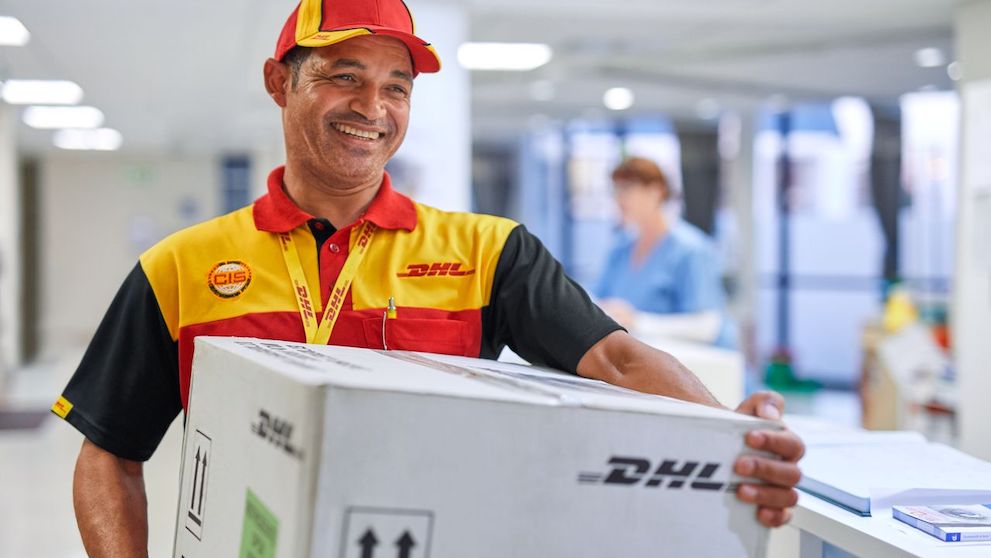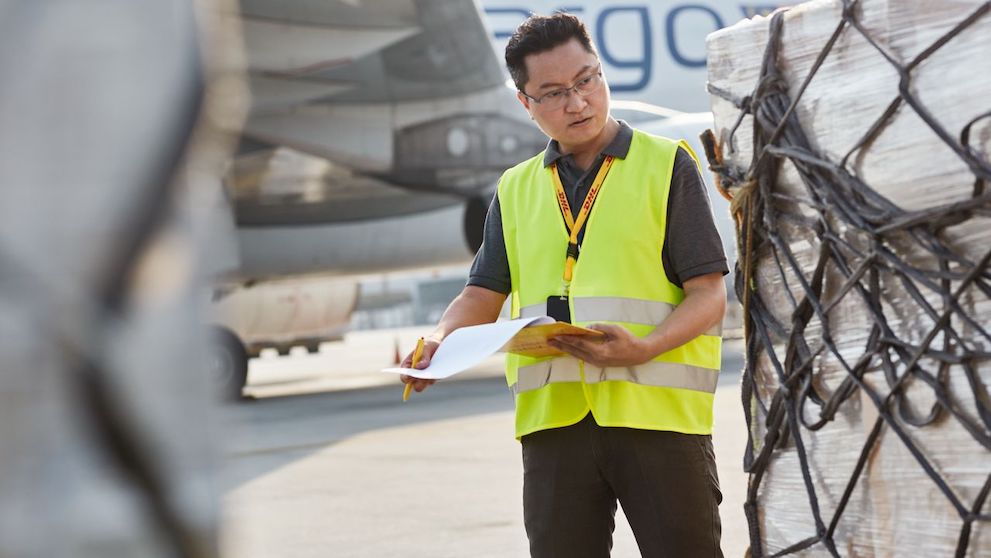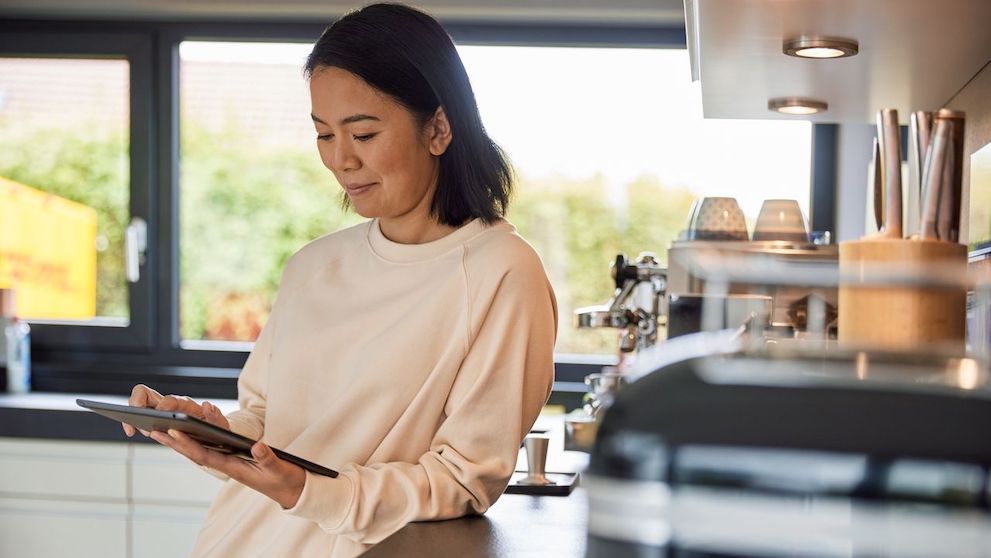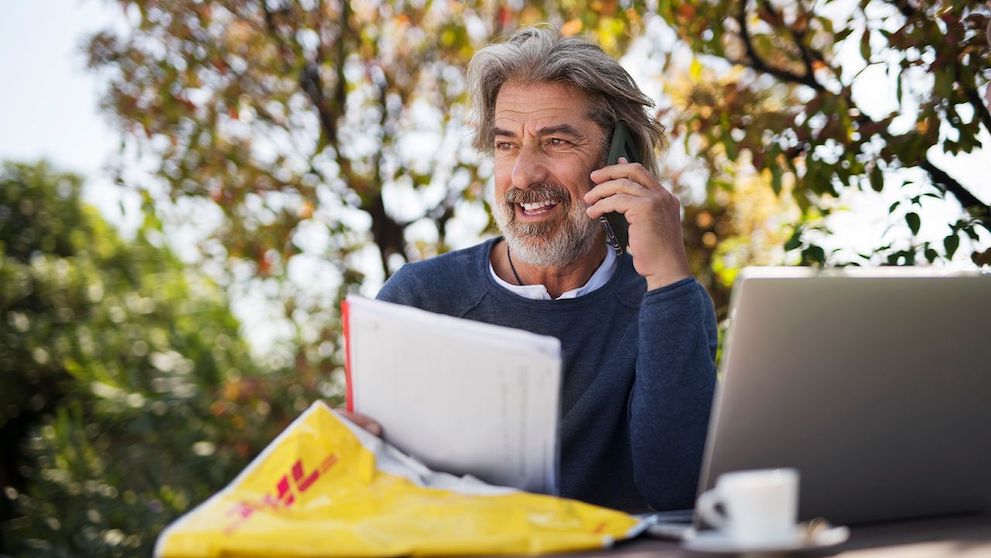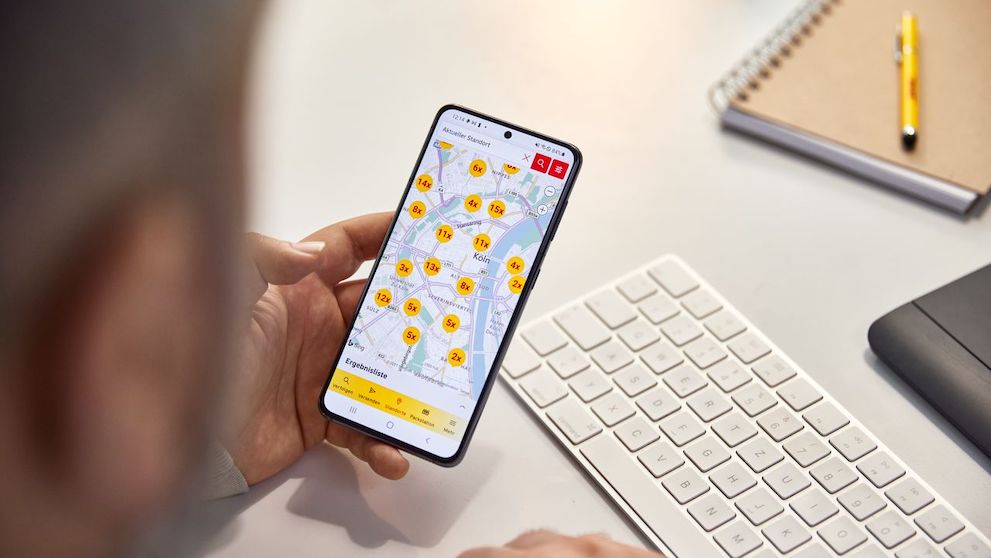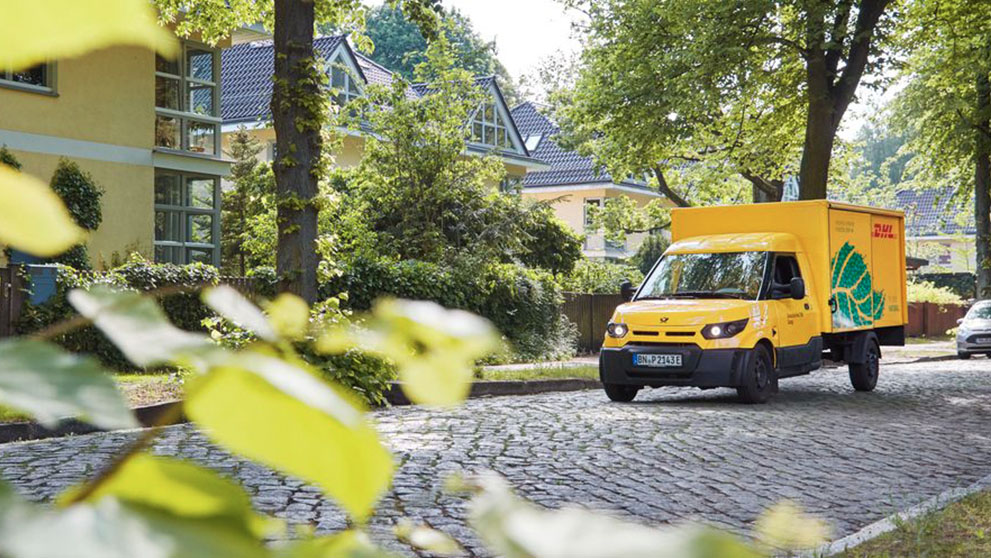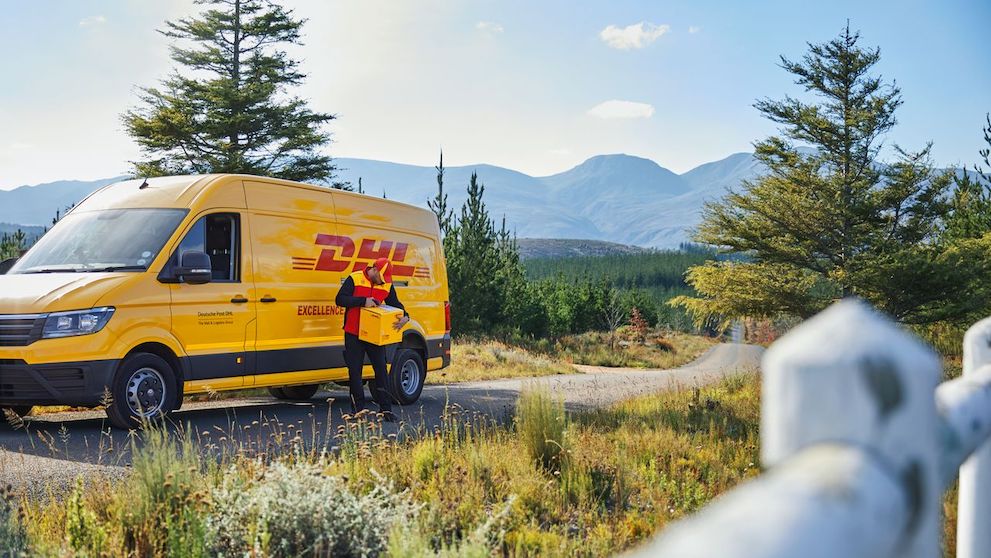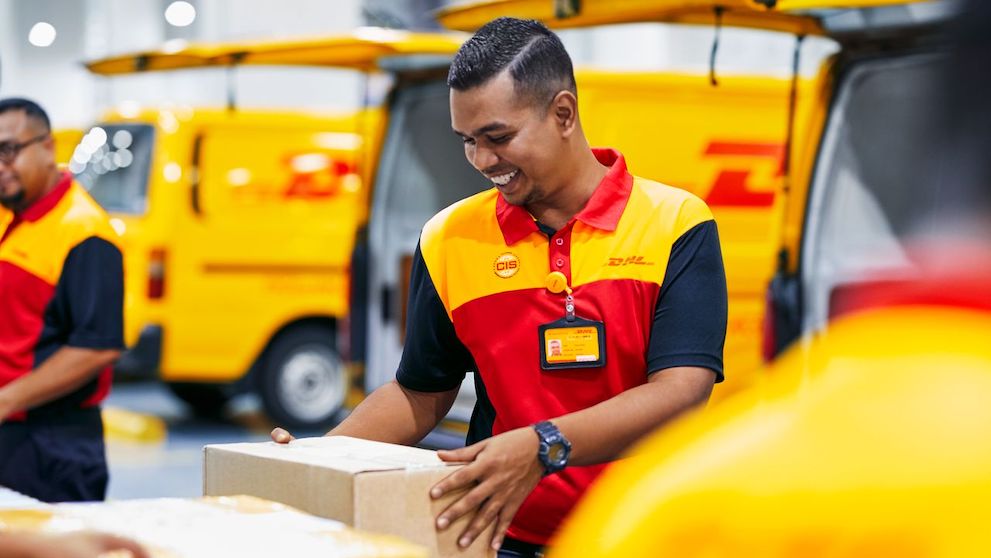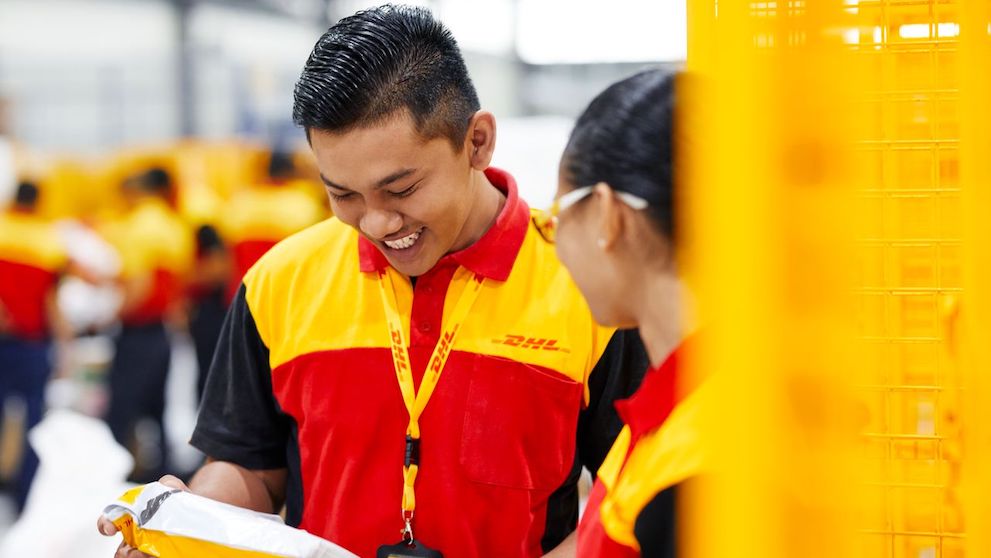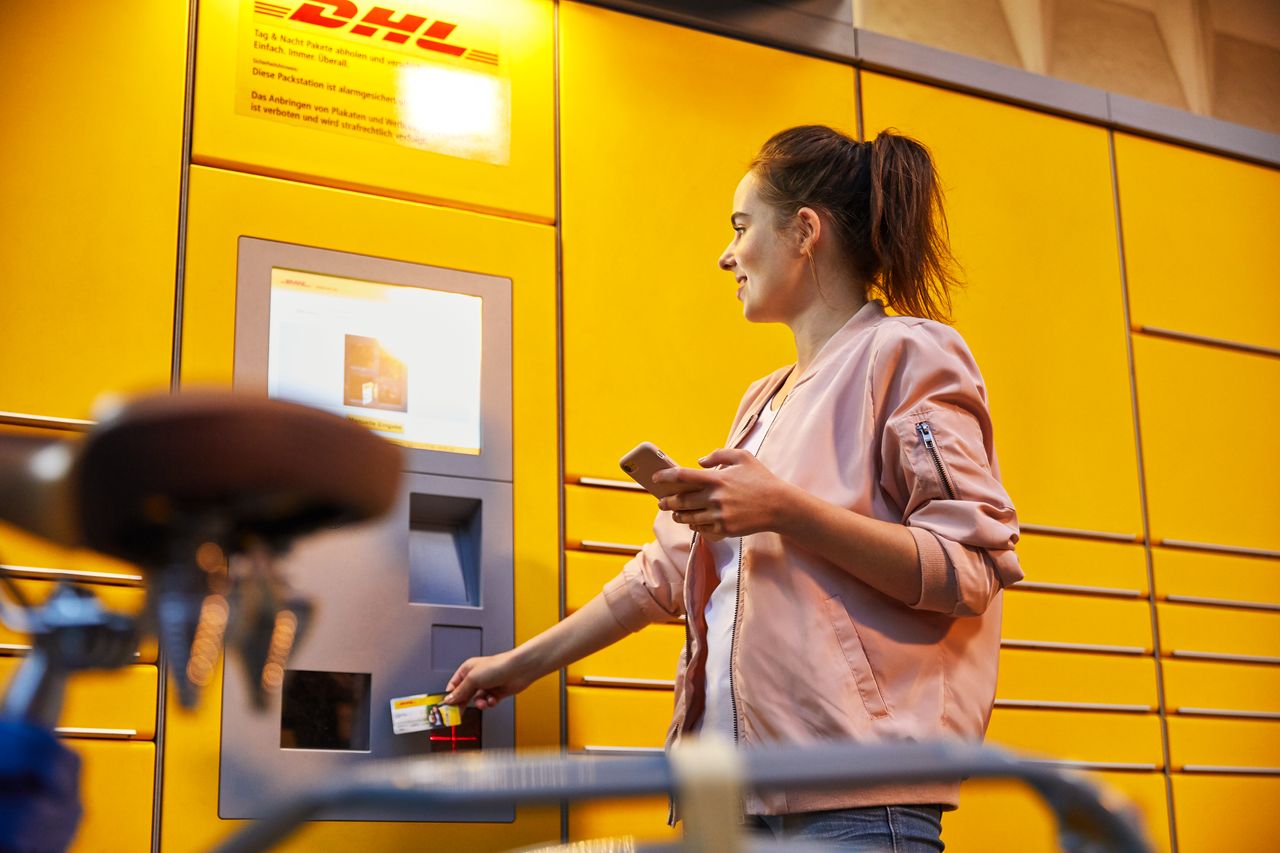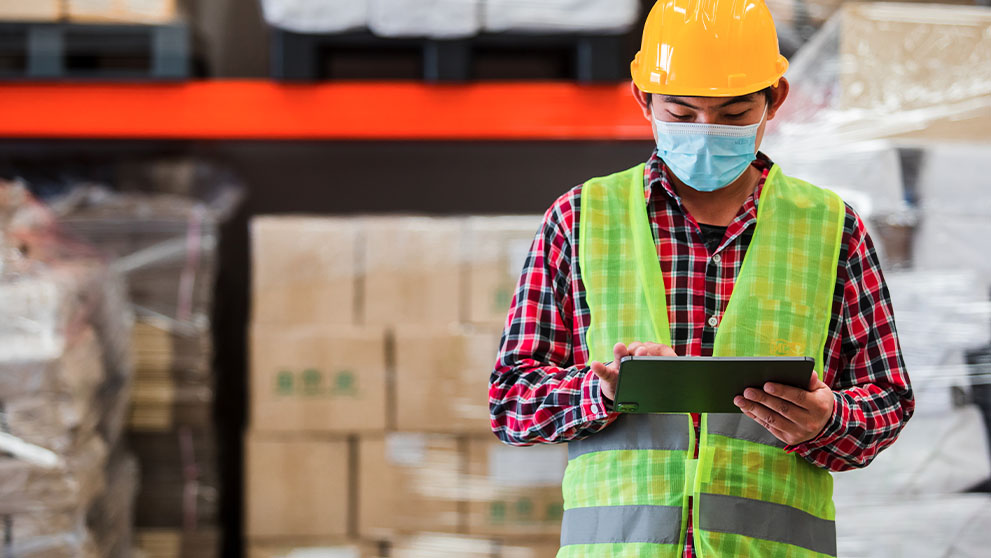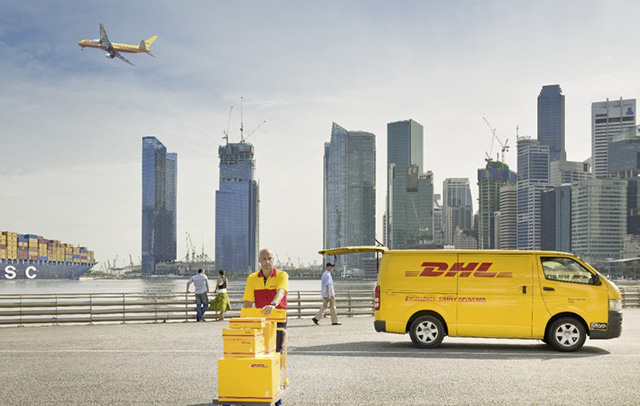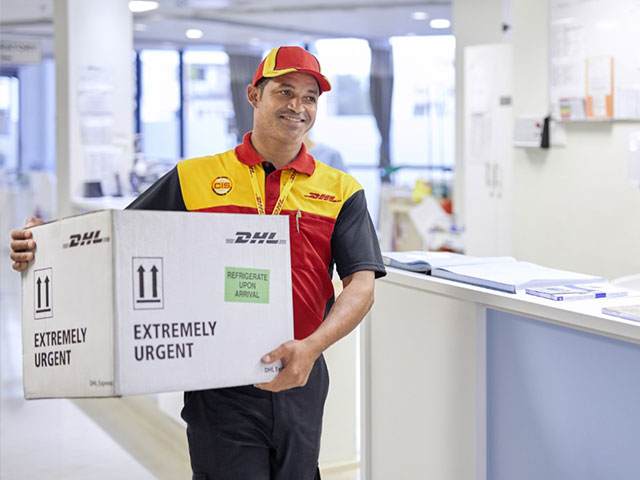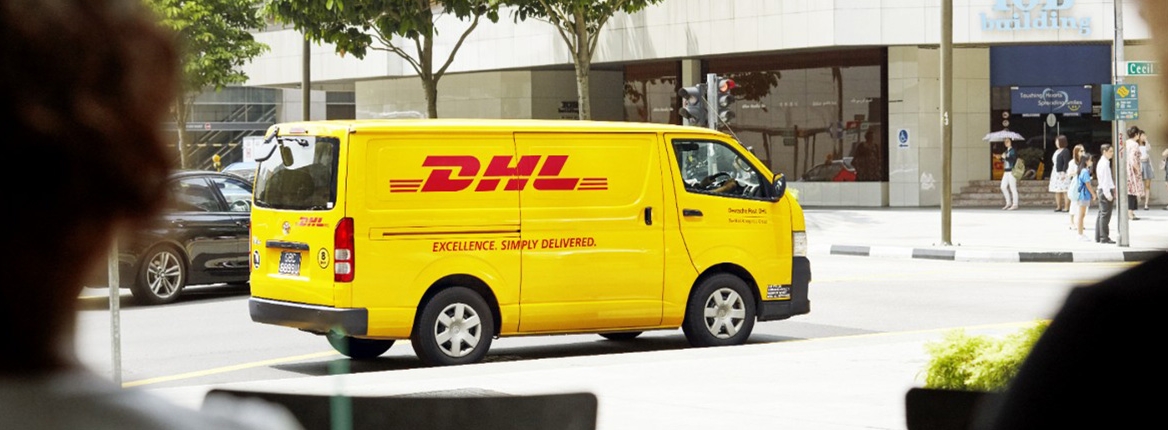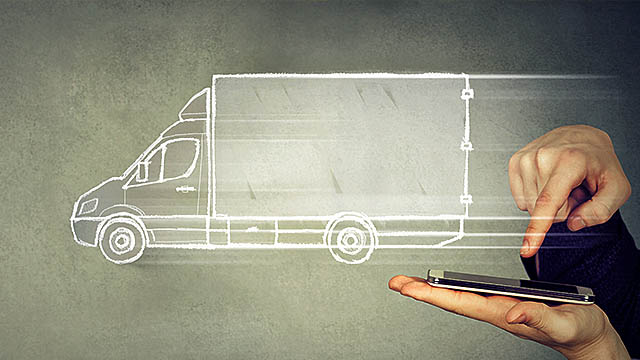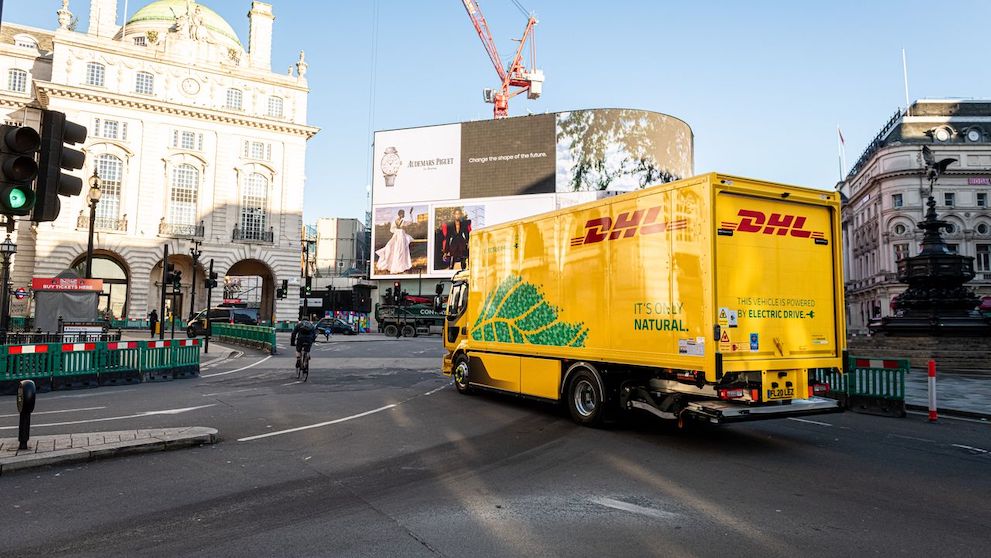If you're an e-commerce merchant, DHL Packstations are your secret weapon to ensuring your customers have a positive delivery experience. so, what are they and what benefits can they give your business? Read on to discover.
The service you give your customers should not end once they click “buy”. To ensure a good user journey from beginning to end, you need to carefully consider the delivery options you offer at checkout. Consider these statistics: 50% of online shoppers say they have previously abandoned their carts because the delivery choices on offer were unsatisfactory1, whilst 66% have bought goods from one retailer over another because it provided more delivery options2.
When it comes to delivery, e-commerce customers want choice, flexibility, speed, and the convenience of choosing exactly when and where their orders will arrive.
Whilst it is easy enough for e-commerce sellers to integrate On Demand and Express delivery options, there’s still a crucial part of the equation that the merchant cannot control: the customer (or at least somebody) needs to be at home to receive the package. And that’s where last-mile deliveries can become tricky.
Admittedly, the pandemic has eased some of this problem with many of us now at home more than ever before. But, it has also brought issues around hygiene and greater demand for contactless deliveries. Furthermore, logistics solutions are needed to manage delivered parcels across residential buildings, offices, universities, commercial buildings and more.
Whilst the world may now be slowly going “back to normal” (whatever that may be), e-commerce is here to stay, which means online retailers are increasingly looking towards smart, automated technologies to manage fulfilment and deliveries especially regarding last-mile logistics. Enter, parcel lockers.
What are parcel lockers?
Parcel lockers are automated machines where e-commerce customers can have their purchases delivered and stored safely until they collect them at a time convenient for them. They don’t need to worry about being at home to receive the delivery, or have it left with a neighbor which they may feel uncomfortable with. The lockers are typically in popular, busy locations – such as train stations with high commuter traffic – and are often accessible 24/7. The delivery lockers are usually unlocked via a code sent to the customer’s email account or mobile phone after they place the order, negating the need for a signature on delivery.
Some lockers are refrigerated, meaning they can be used to store food products. During the pandemic, a record number of consumers bought their groceries online as a safer way of shopping, which boosted demand for cold-store lockers.
Crucially, the parcel lockers are free for customers to use. The costs are sometimes tied into the contract between a retailer and courier company, yet the value and loyalty gained by offering customers this delivery option makes the investment worthwhile for merchants.
Parcel lockers: a global snapshot
In some countries, parcel lockers are part of everyday life. According to an IPC study, automated parcel machines appear to be most popular in Finland, Denmark, and China, used for up to 43% of all parcel deliveries4.
In China, e-commerce was developing at such a rapid rate – in 2018, e-commerce volumes were growing at 40-50% per annum5 – that an out-of-home delivery network had to be developed quickly. Chinese urban culture is busy, so online shoppers there often use their work address as their delivery address. This is not a problem at small workplaces, but in larger office buildings, courier drivers aren’t allowed past reception. Thus, the delivery driver will call the recipient, who may request that the parcel is left in a nearby parcel locker. If the customer doesn’t answer the phone call, the consignment will also be delivered to a nearby parcel locker.
It’s estimated that China has around 310,000 locker installations6. Some belong to China Post, others have been built by e-commerce retailers (Chinese marketplace giant JD.com, for example, has 50,000 in the country7). With China’s e-commerce market growing so rapidly, undoubtedly the number of parcel lockers will continue to grow, too.
Over in the West, there is also growing demand for parcel lockers. In North America, this demand is driven by the rise of doorstep package theft, which is at an all-time high – it’s estimated that around 1.7 million packages are stolen or lost every day across the country, whilst one in three Americans report having at least one package stolen8. In response, Amazon has introduced parcel lockers in 900 cities to give customers a safer way to receive their deliveries.
In Germany, DHL’s parcel lockers – called Packstations – are particularly popular: in June 2020, the logistics leader celebrated opening its 5,000th Packstation in the country. Those with a DHL customer account can have their package sent to a Packstation of their choosing and will receive a text or email with a unique code to unlock the locker. They then have seven calendar days to collect it. They can even have their packages redirected to a local DHL Packstation at short notice – even as late as 4am on the day of delivery. How’s that for On Demand Delivery?
“Retailers need to treat shipping as a critical piece of their business – or risk being left behind. A brand’s shipping experience can carry as much weight as the marketing or products themselves. Spending the time and money getting to know customers’ shipping expectations might not be at the top of the priority list, but research shows it holds the potential to deliver repeat shoppers and increased sales.” - Mark Adams, VP at BigCommerce9
How to get started with parcel lockers: three tips for truly On Demand Delivery
Do your research
Customers’ preferences for delivery options differ by market. For example, when it comes to returning items, 37% of Europeans prefer to drop off goods at a Pick Up Drop Off (PUDO) point – compared to 28% of US consumers10. So, do your research to find the most in-demand service(s) within your target market – whether that means home delivery, contact-free delivery, parcel lockers or service points (see below) – and then integrate them at checkout. Remember, the more choice you can offer your customers – including payment options – the happier they’ll be.
Don’t forget returns
It’s an unfortunate fact for e-commerce sellers that what goes out can also come back. Around 25% of all products bought online are returned – and that number jumps further still in the apparel sector11.
Returns are a pain, yet the returns service you offer your customers should not be ignored: 56% of consumers have been deterred from shopping with an e-commerce retailer due to its online returns policy12. In short, if you don’t make the service seamless and stress free, you risk losing the customer altogether.
DHL’s Packstations keep the returns service simple and convenient – even for international shipping. Customers simply purchase a label for their parcel directly from the Packstation or attach a return certificate. They then scan the parcel and place it in the compartment, before receiving a receipt with a tracking number. It’s as simple as that!
Consider Service Points, too
Continuing on the theme of convenience, DHL Express Service Points are another handy delivery solution. These are locations, across the world, where your customers can have their packages diverted to pick up at a time of their choosing. These Service Points are typically within popular locations – such as high street shops – most convenient for customers to get to. They can also send returns this way. Adding this option to your e-commerce website checkout is a sure way to keep your customers happy!
Ultimately, remember that convenience and ease are what matter to your customers when it comes to delivery – and returns. And that’s where DHL’s can help. Across the world, DHL’s logistics solutions are ready and waiting to give your e-commerce business a boost, so contact a sales rep today to get started.
1 - Metapack research, accessed March 2021
2 - Metapack research, accessed March 2021
4 - Parcel and Postal Technology International, March 2019
5, 6, 7 - Parcel and Postal Technology International, September 2019
8 - CNBC, January 2020
9 - Mark Adams, Retail Technology Review, July 2019
10 - Digital Commerce 360, May 2019
11, 12 - Sale Cycle, January 2020

